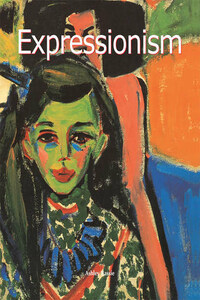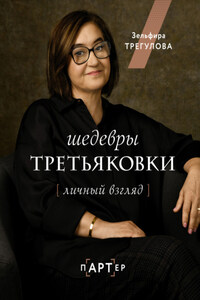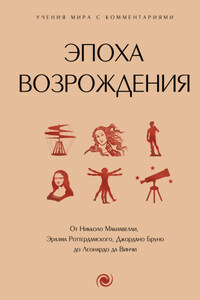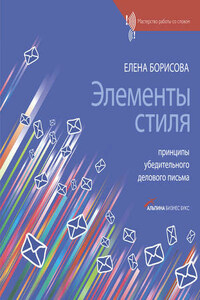© Parkstone Press International, New York
© Confidential Concepts, worldwide, USA
© Max Beckmann Estate / Artists Rights Society (ARS), New York / VG Bild-Kunst, Bonn
© Otto Dix Estate / Artists Rights Society (ARS), New York / VG Bild-Kunst, Bonn
© Hugo Erfurt / Artists Rights Society (ARS), New York / VG Bild-Kunst, Bonn
© Conrad Felixmüller Estate / Artists Rights Society (ARS), New York / VG Bild-Kunst, Bonn
Art © George Grosz / Licensed by VAGA, New York, NY
© Alfred Hanf
© Erich Heckel Estate / Artists Rights Society (ARS), New York / VG Bild-Kunst, Bonn
© Alexeï von Jawlensky Estate / Artists Rights Society (ARS), New York / VG Bild-Kunst, Bonn
© Wassily Kandinsky Estate / Artists Rights Society (ARS), New York / ADAGP, Paris
© By Ingeborg & Dr. Wolfgang Henze-Ketterer, Wichtrach/Bern
© Paul Klee Estate / Artists Rights Society (ARS), New York / VG Bild-Kunst, Bonn
© Oskar Kokoschka Estate / Artists Rights Society (ARS), New York / Pro Litteris, Zurich
© Käthe Kollwitz Estate / Artists Rights Society (ARS), New York / VG Bild-Kunst, Bonn
© Ludwig Meidner
© Kunstsammlungen Böttcherstraße Bremen, Paula Modersohn-Becker Museum
© Otto Mueller Estate / VG Bild-Kunst, Bonn
© Edvard Munch Estate / Artists Rights Society (ARS), New York/ Bono, Oslo
© Gabriele Münter Estate / Artists Rights Society (ARS), New York / VG Bild-Kunst, Bonn
© Heinrich Nauen Estate / Artists Rights Society (ARS), New York / VG Bild-Kunst, Bonn
© Emil Nolde Estate / Artists Rights Society (ARS), New York / VG Bild-Kunst, Bonn
© Nolde Stiftung Seebüll
© Max Pechstein Estate / Artists Rights Society (ARS), New York / VG Bild-Kunst, Bonn
© Christian Rohlfs Estate / Artists Rights Society (ARS), New York / VG Bild-Kunst, Bonn
© Karl Schmidt-Rottluff Estate / Artists Rights Society (ARS), New York / VG Bild-Kunst, Bonn
© Foto: Städtische Galerie im Lenbachhaus München
© Sprengel Museum Hannover, Photo: Michael Herling/Aline Gwose
Expressionism has meant different things at different times. In the sense we use the term today, certainly when we speak of “German Expressionism”, it refers to a broad, cultural movement that emerged from Germany and Austria in the early twentieth century. Yet Expressionism is complex and contradictory. It encompassed the liberation of the body as much as the excavation of the psyche. Within its motley ranks could be found political apathy, even chauvinism, as well as revolutionary commitment. The first part of this book is structured thematically, rather than chronologically, in order to draw out some of the more common characteristics and preoccupations of the movement. The second part consists of short essays on a selection of individual Expressionists, highlighting the distinctive aspects of each artist’s work.
Expressionism’s tangled roots range far back into history and across wide geographical terrain. Two of its most important sources are neither modern, nor European: the art of the Middle Ages and the art of tribal or so-called “primitive” peoples. A third has little to do with visual art at all – the philosophy of Friedrich Nietzsche. To complicate matters further, the word “Expressionism” initially meant something different. Until about 1912, the term was used generally to describe progressive art in Europe, chiefly France, that was clearly different from Impressionism, or that even appeared to be “anti-Impressionist”. So, ironically, it was first applied most often to non-German artists such as Gauguin, Cézanne, Matisse and Van Gogh. In practice, well up to the outbreak of the First World War, “Expressionism” was still a catch-all phrase for the latest modern, Fauviste, Futurist or Cubist art. The important Sonderbund exhibition staged in Cologne in 1912, for example, used the term to refer to the newest German painting together with international artists.
In Cologne though, the shift was already beginning. The exhibition organisers and most critics emphasised the affinity of the “Expressionism” of the German avant-garde with that of the Dutch Van Gogh and the guest of honour at the show, the Norwegian Edvard Munch. In so doing, they slightly played down the prior significance of French artists, such as Matisse, and steered the concept of Expressionism in a distinctly “Northern” direction. Munch himself was stunned when he saw the show. “There is a collection here of all the wildest paintings in Europe”, he wrote to a friend, “Cologne Cathedral is shaking to its very foundations”. More than geography though, this shift highlighted Expressionist qualities as lying not so much in innovative formal means for description of the physical world, but in the communication of a particularly sensitive, even slightly neurotic, perception of the world, which went beyond mere appearances. As in the work of Van Gogh and Munch, individual, subjective human experience was its focus. As it gathered momentum, one thing became abundantly clear – Expressionism was








